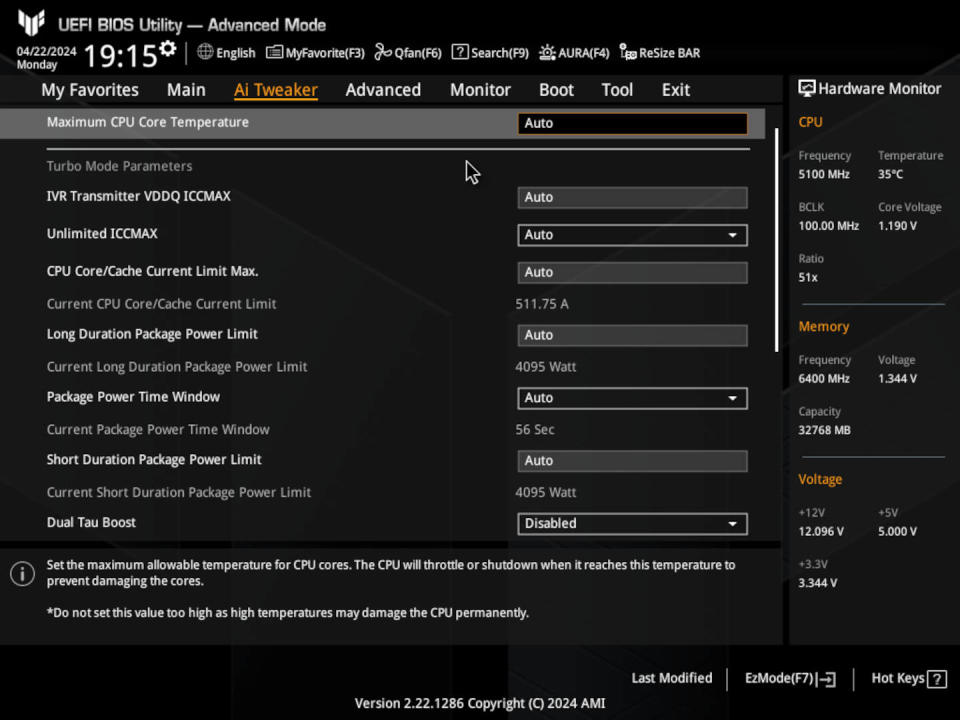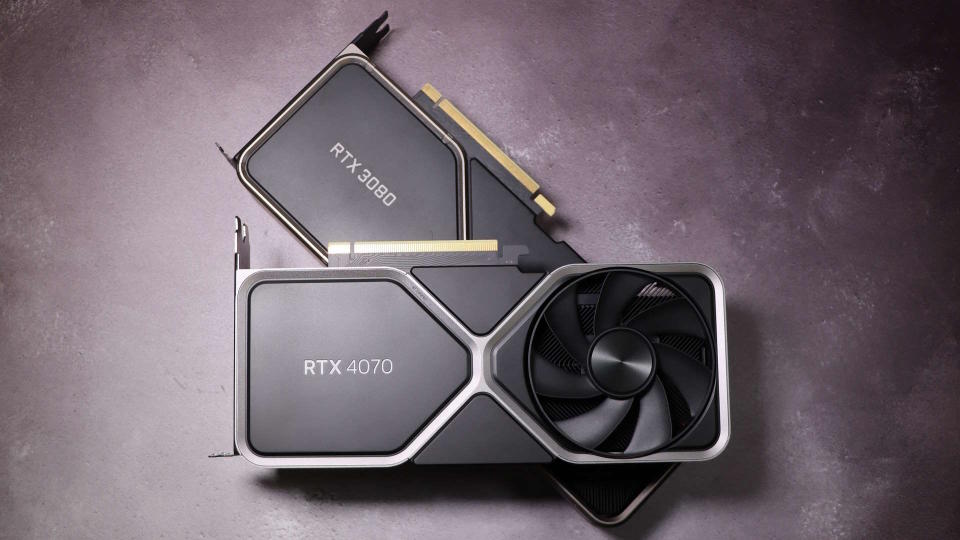You may remember reports from earlier this year that Unreal-based games were crashing when running on gaming PCs using high-end Intel processors. Things were serious enough for Intel to officially investigate the problem, as the problem alerted the world. This is still ongoing, but Intel made an early statement on the issue, accusing motherboard manufacturers of having default settings in BIOS/UEFI that allow the CPU to run well above recommended power and current limits.
The full statement was relayed by Igor Lab, but the most telling part was Intel’s comment: “600/700 Series chipset motherboards typically set BIOS defaults to disable thermal and power dissipation protections designed to limit processor exposure to long-term high voltage and frequency “
Anyone who has purchased an Intel-based motherboard in the last few years will probably be aware of this. For example, by default Asus enables Multi-Core Enhancement in the BIOS, which sets power and current limits to the maximum possible values.
Intel’s CPUs have two main power limits, PL1 and PL2, and the idea behind them is that the first is the maximum power the chip can consume under ‘normal’ conditions, while the second allows more energy to be used for a limited period of time. .
Get the Core i9 13900K. This has PL1 and PL2 of 125 and 253W respectively, but stick that to most MCE-enabled Asus 600/700 series motherboards and the processor is given limits of 4095W. The same goes for current; The chip is allowed to run well above Intel’s recommended maximum of 307 A. This is 100 A more than the ‘extreme configuration’ limit of 400 A.

The CPU in question will never use that much power, but extremely high power and current limits for the 13th and 14th Gen i9 models, as well as extremely high operating voltages, cause the processor to become unstable in demanding scenarios such as gaming. And it’s not just Asus that does this; ASRock, Gigabyte, MSI, and others all have BIOS defaults that ignore Intel’s recommended limits.
Asus has responded to the reports by releasing a new BIOS for most of its Intel 600/700 series motherboard chipsets, and this BIOS includes an ‘Intel Baseline Profile’ that pushes PL2 and current limits to recommended values. But it still puts PL1 higher than it should be. This isn’t a problem for most Intel CPUs provided it has a good cooler on it, but it’s an example of Intel saying one thing and the motherboard vendor doing something different.
Datasheets for Intel’s 13th and 14th Gen Core processors clearly show what the maximum limits are for everything, and include statements like “Long-term reliability cannot be guaranteed under conditions above or below Maximum/Minimum functional limits.” If the end user wants to push their hardware beyond these, that’s absolutely fine, but that’s never how a motherboard should be. defaults to such a scenario.
So is this all about Intel falling victim to motherboard vendors seemingly doing whatever they want? No, it’s not real.
Motherboard manufacturers have been setting BIOS defaults for Intel processors well outside the recommended values for a long time, and I don’t think Intel is unaware of this. In fact, it’s impossible to miss because whenever the chip giant launches a new CPU, its marketing materials always include benchmarks comparing the new chip to previous models or models that AMD has run in a test. Asus, ASRock, MSI etc. a computer using motherboards; There’s even a dedicated web page for “Accuracy and Transparency” that clearly shows which motherboard the tests were run on.
Even if Intel pushed the power and current limits before starting testing, it could clearly see the default setting of the motherboard’s BIOS before changing anything.
In other words, Intel had known this long enough that it was happy to enjoy the fruits of such environments: chart-topping performance figures. But now, as customers and retailers complain about games crashing and chips failing completely, it appears Intel is trying to point the finger at motherboard vendors. The truth is that they are both guilty here.
Your next upgrade


Best CPU for gaming: The best chips from Intel and AMD.
best gaming motherboard: Correct boards.
best graphics card: Your perfect pixel pusher is waiting for you.
Best SSD for gaming: Enter the game before others.
What should happen is that every Intel-based motherboard has a BIOS/UEFI that defaults to Intel’s current, power and voltage limits; these are exact values across the motherboard, not some version of them. The ability to change them should only be accessible through an optional menu that clearly warns the user of the potential dangers of changing them.
Currently, we are getting BIOS updates that in some cases make this just an option that needs to be looked for to enable it.
As we review new motherboards, we’ll take a look at what the various limits are in the default BIOS to see if vendors are on the same page about keeping your hardware safe, or if they’re still pushing the envelope to score those few extra points. performance charts.